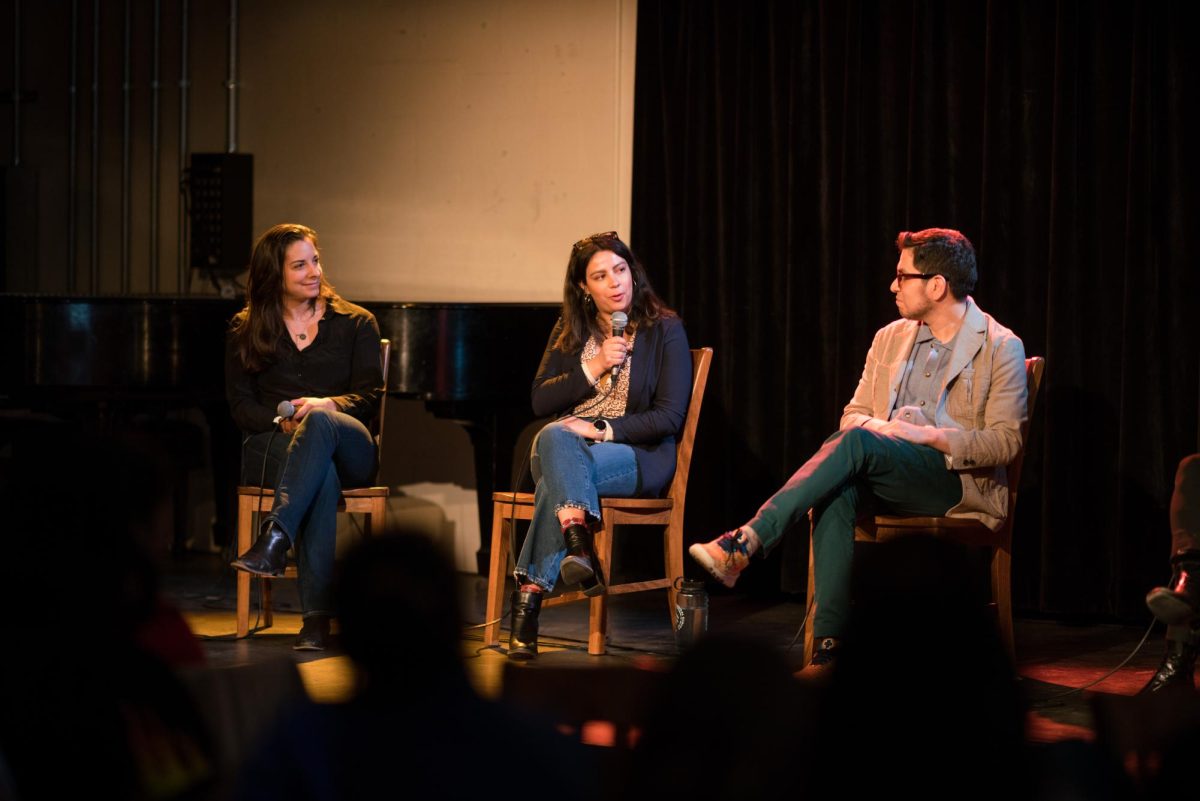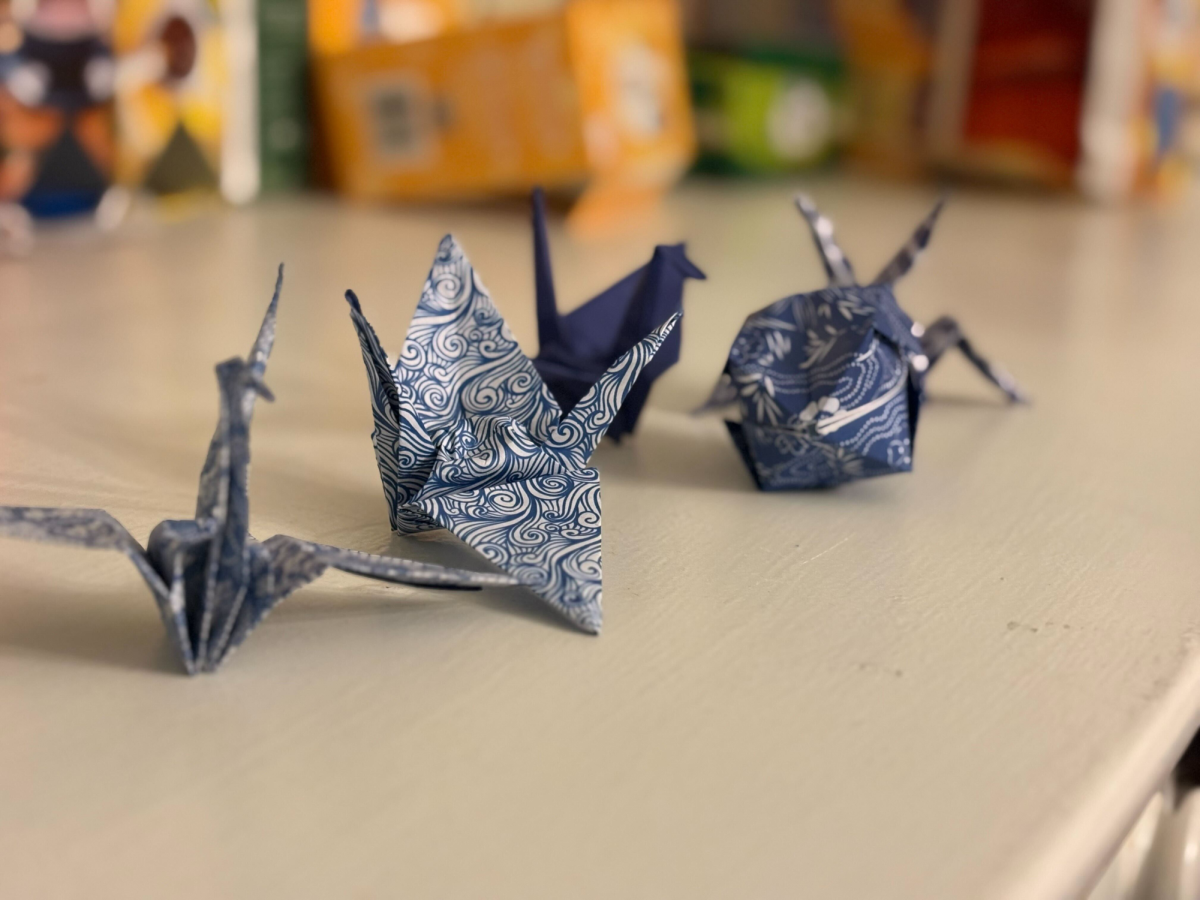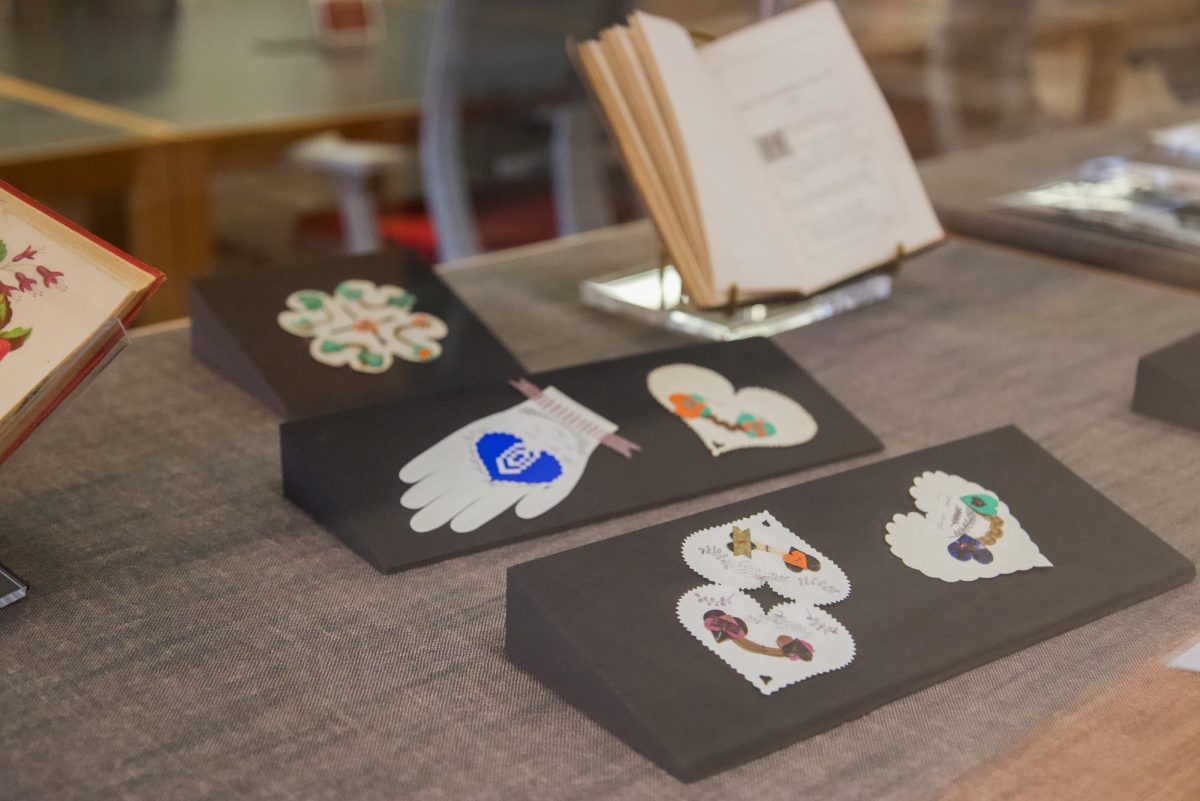On April 3, LatinXcellence, a panel made up of four Latinx Oberlin professors, spoke at the Cat in the Cream. They discussed the importance of the visibility of Latinx and Hispanic people at Oberlin College and in higher education. The four panelists included professors from multiple fields: Visiting Assistant Professor of Hispanic Studies Yorki Encalada Egúsquiza, Professor of Comparative American Studies Gina Pérez, Assistant Professor of Modern and Contemporary Art History Ana Cristina Perry, and Assistant Professor of Geosciences Veronica Padilla Vriesman.
La Alianza Latinx organized this panel. LAL is a student organization at the College that focuses on immersing the Oberlin community in Latinx culture. The secretary of LAL, second-year Lluvia Munoz, noted the importance of panels like this because she feels that there currently isn’t much visibility for the Latinx community at Oberlin.
“I think it’s necessary to bring faculty to these places because they do have a larger say in what’s happening here,” Munoz said. “I don’t think Oberlin itself has tailored a lot of their events toward Latine students, so I think it’s very [pertinent] that we create those spaces for people.”
Each panelist gave unique responses to the questions asked, providing a glimpse into the struggles of being a Latinx student or faculty member at a predominantly white institution. Pérez remarked on growth areas for Oberlin.
“One of the growth areas for Oberlin is supporting and serving Latinx students and undocumented students,” Pérez said.
Additionally, concerns were further raised when Perry noted that the College’s focus is on helping people of color get into the College, but less so on assisting them once enrolled.
Encalada highlighted the understanding that many of the students he advises want to pursue a job after receiving their undergraduate degree. He notices a discrepancy in how white students and Latinx students talk about their post-undergraduate plans.
“For most students, especially white students, when you ask them what [they’re doing] after graduation, most of them say go to grad school,” Encalada said. “So what I’m hoping is that students will feel, by seeing four Latine faculty members in the room, [that there] is also a place for [them] there.”
For Vriesman, visibility is key. “I think [it’s important] for students, [Latinx ones in particular], to see that there are Latine professors here, even though we’re a small minority and we exist in different departments and spaces across campus,” Vriesman said. “[It’s also important] for Latine students, in particular, to see people that look like them, sound like them, or maybe have similar experiences. But [it’s also important for] non-Latine students to see and hear that perspective too.”
By centering the conversation on what it means to be Latinx at a PWI, this panel successfully demonstrated to the audience the importance of community support when College administrators are unwilling or unable to provide such support. This panel also highlighted that the responsibility to put on events such as this one should not always fall on the Latinx community.
“Giving visibility to [the professors on the panel] who have worked hard is important,” College third-year and LAL community member Adriana Morales said. “We should get [people on the administration] to support [these kinds of events] and make [them] more official [so that we don’t] have students doing all the work. We are here to study, and they should be supporting us.”












